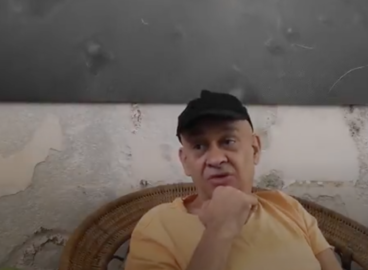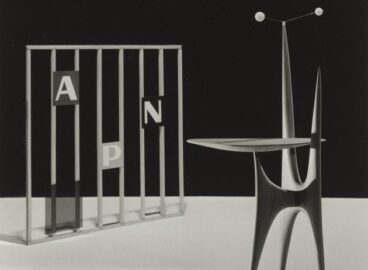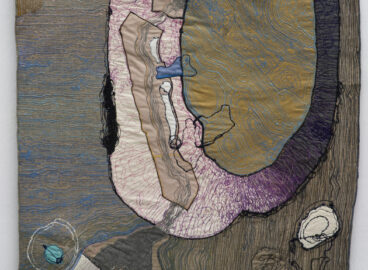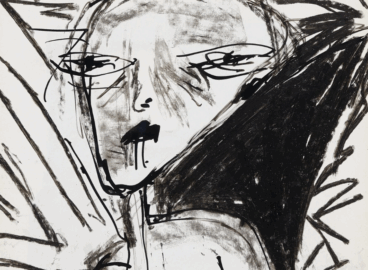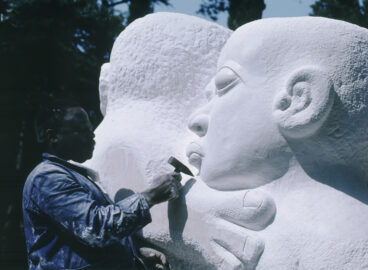Since completing her studies in printmaking in Budapest in the late 1950s, Dora Maurer has emerged as one of Eastern Europe’s most rigorously experimental artists of the past fifty years. Her work has alternated fluidly between process-based printmaking experiments and mark-making procedures that favor indeterminable outcomes, on the one hand, and, on the other, formal investigations of rule-based compositional logic and geometric abstraction. Maurer’s working methods include printmaking, drawing, photography, painting, filmmaking and even educational workshops, and her practice is always guided by an empirical approach to conceptual problem-solving. “I do my research with the methods of art,” Maurer explained. Carried out with a sense of play, her methods almost always result in formally resolved, visually arresting and highly intelligent works of art.
The 1970s were doubtlessly Maurer’s most productive and inventive decade. In the span of ten years, she moved from experiments in printmaking to highly conceptual photography, structural film, and process-based drawing. In the mid-1970s, Maurer, together with Miklos Erdely, conducted experimental drawing workshops with vocational school students. At the time, the workshops appeared to have little connection to accepted artistic practice, yet today they seem prescient and radical in their embrace of indeterminacy, pure play, and performativity.
In Maurer’s art, process is made visible and energy and force become apparent, yet the resulting visual forms are clear, resolved and beautiful. Her works from the ’70s seem unconcerned with narrative, ideology, or politics, but by grounding her practice in ephemerality, instability, open-endedness, investigation, and process, Maurer imbued her art with a sense of freedom that today registers as radical, urgent, and engaged.
